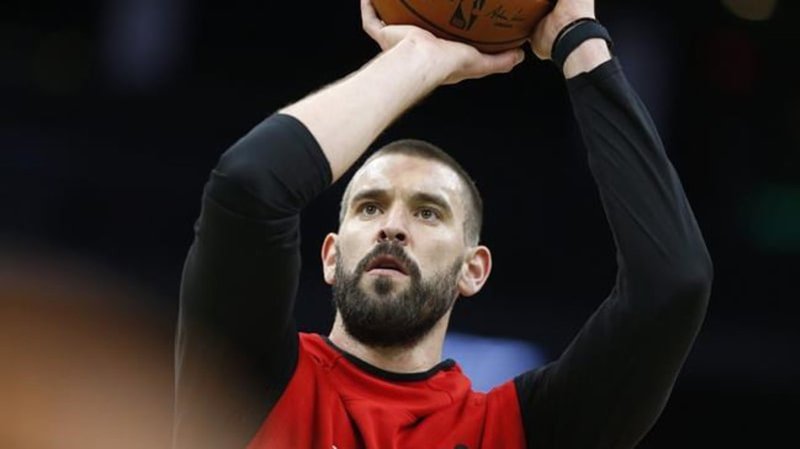
There are injury risks in unprecedented NBA restart after four-month hiatus
If a high-performance athlete was a violin, Stuart Phillips says he or she would be a Stradivarius.
Famous for their rich quality of sound, Stradivarius violins perform at unparalleled levels. The precious instruments take special caring. They’re also worth millions.
“Pro athletes and NBA players in particular, they’re high end. . . and so you take away their supports and they become vulnerable,” said Phillips, director of The McMaster Physical Activity Centre of Excellence.
The NBA tips off its restart at Walt Disney World in Florida on July 30, a massive undertaking with myriad unknowns after an unprecedented four-month hiatus due to the COVID-19 global pandemic. After the longest layoff in most players’ careers, teams have had to jam preparations into just three weeks.
